Some brands stick to the basics. They build their products on the backs of established ingredients. That's fine for some, but in order to keep the industry moving forwards, we need brands that are willing to pioneer promising new ingredients – ones that can change the landscape of the industry as we know it.
One brand that's been ambitiously pushing the new ingredient envelope is ProSupps. Last month, we covered ProSupps Thermo, a fat burner with two exciting, novel ingredients from Aura Scientific.
Thermo's been fantastic, but we all know that ProSupps' real magic is in their pre-workouts. And there are no two names more synonymous with epic pre-workouts than Jekyll and Hyde. And today, the affair between ProSupps and Aura continues with the new-and-improved, lower-stim Jekyll Pre-Workout:
ProSupps Jekyll: Updated Lower-Stim Pre with EndoFlo, NeuroRush, and enfinity
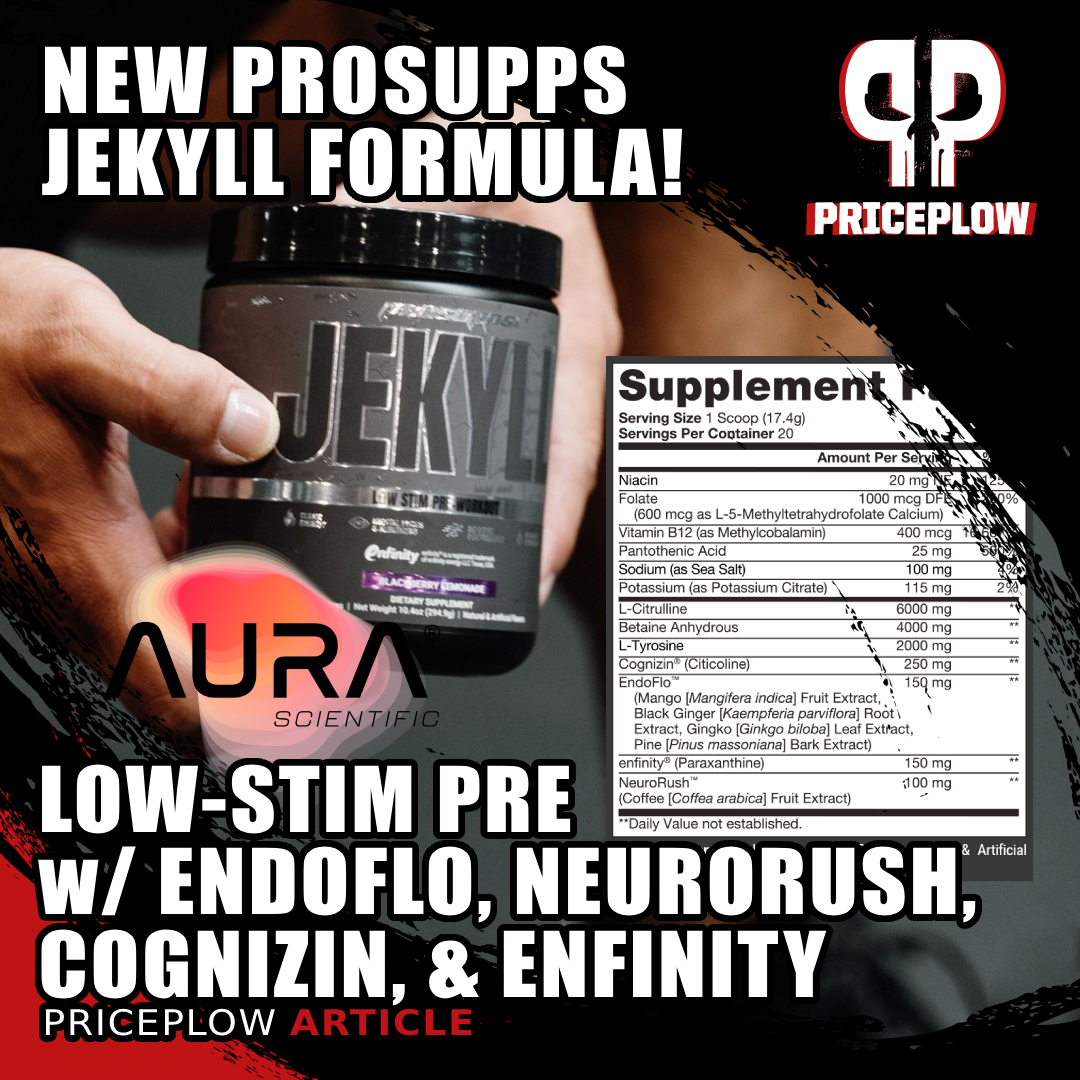
There's a new ProSupps Jekyll formula for 2024, and this lower-stim pre-workout is absolutely stacked with four of our favorite ingredients, including two newcomers from Aura Scientific, EndoFlo and NeuroRush!
In 2024's Jekyll, we see some orthodox ingredients like citrulline, betaine, and tyrosine. On top of these mainstays, we see EndoFlo from Aura, a botanical blend to boost blood flow and circulation, enfinity paraxanthine as a smooth stimulant option, and NeuroRush, an intriguing coffee fruit extract, also from Aura.
This makes perfect sense, since Jekyll's always been the lower-stimulant side of the two-faced Jekyll/Hyde combo. There's no heavy-hitting caffeine dose, just a smoother nootropic duo of enfinity and NeuroRush -- exactly what we've been anxiously waiting for.
We're going to dive into how ProSupps Jekyll works, but first, let's check PricePlow for good ProSupps deals, and check out our video review of the new flavor:
Pro Supps Jekyll – Deals and Price Drop Alerts
Get Price Alerts
No spam, no scams.
Disclosure: PricePlow relies on pricing from stores with which we have a business relationship. We work hard to keep pricing current, but you may find a better offer.
Posts are sponsored in part by the retailers and/or brands listed on this page.
Note: Look for the tubs with NeuroRush and EndoFlo on the labels. These new formulas are "Jekyll", not "Dr. Jekyll".
This area is reserved for Team PricePlow's upcoming videos.
Subscribe to our channel and sign up for notifications so you catch it when it goes live!
Compared to the Hyde pre-workout line, Jekyll is a more mellow option for those not looking to overdo it on stimulants. It'll still give you a good kick, but it's smooth and manageable.
ProSupps Jekyll Ingredients
Each scoop (17.4g) of Jekyll contains the following ingredients:
-
L-Citrulline (6000mg)
Citrulline, a conditionally essential amino acid, enhances nitric oxide (NO) production,[1] which is crucial during metabolic stress or intense training. Unlike arginine, which is directly involved in NO production but is less effective supplementally due to the first pass effect in digestion, citrulline converts into arginine more efficiently, boosting blood arginine levels.[2,3] This improved NO production results in vasodilation, enhancing blood flow, oxygen, and nutrient delivery to tissues while aiding in the removal of metabolic byproducts, thereby improving athletic performance.[4-6]
Research indicates that citrulline supplementation can enhance power,[7] prolong exercise endurance,[8] reduce muscle soreness,[8] boost growth hormone secretion,[9] minimize amino acid catabolism,[10] and promote muscle synthesis.[11,12]
Great start, but we can do a lot more for our pumps, both in terms of hydration but also more blood flow. Let's get to a heavy hit of hydration first.
-
Betaine Anhydrous (4000mg)
Betaine, also known as trimethylglycine (TMG), is an ergogenic aid that enhances cellular hydration and numerous biological processes by donating methyl groups.[13] Thanks to those methyl groups, betaine supports the process of methylation, essential for numerous metabolic processes, including managing homocysteine levels, which, if elevated, pose a risk for cardiovascular diseases.[14]
Betaine's ability to promote cellular hyperhydration brings additional glucose, oxygen, and nutrients into cells, increasing resistance to stress.[15-17] Studies have shown betaine's effectiveness in improving power, strength, and body composition.[18-23] For instance, a 2013 study found that daily intake of 2.5 grams of betaine resulted in significant muscle gain and fat loss,[15,24] with another 2018 study confirming similar benefits in female athletes.[25]
These benefits explain betaine's growing popularity in sports supplements. It's tough to find a pre-workout without it lately -- but what we really love here is how ProSupps went above and beyond with a 4 gram dose, far more than the standard 2.5!
-
L-Tyrosine (2000mg)
Tyrosine enhances focus and cognitive function by aiding the production of catecholamine neurotransmitters such as adrenaline and dopamine.[26-30] These neurotransmitters help maintain sharpness, alertness, and focus, which are crucial for optimal performance during workouts.
Additionally, tyrosine can increase the production of T3 and T4,[31,32] thyroid hormones critical for metabolic activity.
-
Cognizin® (Citicoline) - 250mg
ProSupps Thermo is a new fat burning powder that promises energy and appetite control with exciting new ingredients like CapsiBurn and NeuroRush from Aura Scientific!
Choline, essential for cell membrane structure and cognitive function, is a precursor to acetylcholine, a neurotransmitter crucial for learning and memory.[33] Cognizin, a patented and trademarked form of citicoline (CDP-Choline), is superior to standard choline supplements because it promotes the production of acetylcholine and three key brain phospholipids: phosphatidylcholine, phosphatidylethanolamine, and phosphatidylserine.[34-36] These phospholipids are vital for cell membrane synthesis and brain health.
Clinical studies have shown that Cognizin enhances focus, attention,[37-40] memory,[41] and cognitive health,[37,38,40,42] with significant improvements observed in visuospatial working memory and episodic memory in older adults.[41]
We've covered Cognizin numerous times, and are always impressed by the amount of research poured into the ingredient. To us, citicoline is the experiential form of choline -- one that can be felt -- without overstimulation.
With a solid nootropic foundation, it's time to get back to blood flow.
-
EndoFlo™ - 150mg
EndoFlo, developed by Aura Scientific, is a proprietary blend of four botanical extracts designed to enhance vasodilation and circulation. Let's break each one down:
-
Mango [Mangifera Indica] Fruit Extract
First is Mangifera indica (mango fruit) extract, which has numerous traditional uses,[43,44] including supporting cardiovascular health, which is always a great thing to see in a pump ingredient.
It's most often standardized for the constituent mangiferin. This has significant phosphodiesterase 5 (PDE5) inhibiting activity, leading to increased cyclic guanosine monophosphate (cGMP) levels, and that translates to smooth muscle relaxation, and improved blood flow.[45-49]
There's even research on mango extracts demonstrating improved blood flow to the skin[47,48] -- not our exact use case, but it goes to show how mangiferin-based extracts are so versatile and health beneficial.
Mangiferin has so much incredible research, there's even a published journal entry titled, "Mangiferin: a natural miracle bioactive compound against lifestyle related disorders".[50]
Mangiferin is also backed by an extensive amount of safety research.[51-56]
-
Black Ginger [Kaempferia parviflora] Root Extract
Not just any ginger, this is black ginger -- scientifically known as kaempferia parviflora. This is an extremely versatile ingredient that supports supports vasodilation,[57-60] muscular endurance,[61,62] strength,[63,64] and flexibility.[65]
The most interesting part of black ginger is one of its unique constituents, a bioactive flavonoid named 5,7-dimethoxyflavone (DMF). This has additional cardioprotective, vasodilatory mechanisms that work through PDE5 inhibition.[66-68]
Two preclinical trials show that DMF are quite anabolic, supporting strength gains,[63,64] and we look forward to human research to follow-up.
A new novel ingredient developer named Aura Scientific has launched, with four new ingredients that include a feel-good coffeefruit extract named NeuroRush. Get the first peak here today!
After looking through the literature, there's a good chance that this is the secret weapon in EndoFlo, but we're not fully confident in stating that since the other constituents are so useful as well.
-
Ginkgo [Ginkgo biloba] Leaf Extract
Most supplement users know of ginkgo biloba, well-known as a memory-supporting nootropic aid. What most users don't know is that it works by boosting cerebral blood flow,[69,70] also inhibits PDE5 and PDE4,[71] providing cardioprotective benefits!
So this isn't just a nootropic ingredient, it's also supportive of blood flow in general, which of course goes to more places than just the brain!
-
Pine [Pinus massoniana] Bark Extract
The least surprising constituent to see in EndoFlo is pine bark extract, as this has been used as a vasodilatory pump ingredient for decades now.
Pinus massoniana (pine bark) is rich in proanthocyanidins and antioxidants like catechin and epicatechin, which offer significant cardiovascular benefits.[72,73] It's generally used to reduce vessel constriction,[72] so consider this a "defensive" ingredient to support the rest of the formula.
If you need more details, read our full article, "EndoFlo: Enhancing Vascular Health, Pumps, and Workout Performance".
-
-
Enfinity Paraxanthine (150mg)
Normally, Jekyll provides a lower caffeine dose in comparison to the high-caffeine dose with Hyde. In 2024, ProSupps did something even better -- they added enfinity!
Paraxanthine is one of the primary metabolites of caffeine and is responsible for most of the beneficial effects attributed to caffeine, such as fat burning,[74] adenosine inhibition,[75] dopamine upregulation,[76] and improved reaction times.[77]
Unlike caffeine, which metabolizes into paraxanthine, theobromine, and theophylline, paraxanthine has a shorter half-life,[78,79] reducing the negative side effects like diminished sleep quality associated with the other metabolites.
There's been a lot of recent research covering the benefits of paraxanthine, such as increased energy expenditure (~100 calories in 3 hours),[80] and greater improvement in cognitive function than caffeine after a 10km run.[81]
We've found that we can take paraxanthine later in the day, so this is perfect for those who use Jekyll as a pre-workout in late afternoons.
-
NeuroRush (100mg)
ProSupps finishes big with yet another Aura Scientific ingredient, this being one that we already saw in ProSupps Thermo.
NeuroRush, a new coffee fruit extract from Aura Scientific, is standardized to contain 50% chlorogenic acid as well as 5-caffeoylquinic acid, giving it the prowess to live up to its catchy name. A 2019 study demonstrated that 100 mg of coffee fruit extract can significantly reduce mental fatigue and maintain vigilance after demanding tasks.[82]
Quick Review: It smells great, and 100 milligrams charges things up... but 200 milligrams is actually intense!
Coffee fruit extracts are often promoted for various benefits, especially cognitive enhancements. Chlorogenic acid, the primary bioactive constituent, is known for its antioxidant and anti-inflammatory properties,[83-85] which improve cognitive performance and mood. Coffee fruit extracts also show potential pro-longevity effects, supported by extensive research.[86-89]
Experiential without overstimulation
One aspect we particularly appreciate about chlorogenic acids is the positive way they make us feel - it works great in lower-stim pre-workouts because it's experiential. A 2019 study highlighted coffee fruit extract's "mental energizing effects" in the abstract,[82] something we're inclined to agree with -- the ingredient anecdotally provides a sense of "vitality."
Additionally, two other studies have shown that consuming beverages containing pure or supplemental chlorogenic acids can result in immediate cognitive and mood improvements.[83,84]
Interestingly, a study group that included a low dose of caffeine — just 75 milligrams — reported significant positive mood effects.[82] NeuroRush is versatile, working well in both highly-caffeinated and low-stim products, and that's why ProSupps has it both in their new fat burner and pre-workout.
Furthermore, there is excellent safety research on whole coffee fruit products.[90] This class of ingredients has earned our trust and appreciation, even with cautious supplement users.
You can see the rest of Aura Scientific's stable in our article, "Aura Scientific: Novel Ingredient Developer Introduces 4 New Ingredients".
-
Added Vitamins and Minerals
Finally, proSupps also indeed some solid vitamins and minerals, including a nice dose of high-quality folate, which should go well with the vitamin B12:
- Niacin (20 mg) - 125%
- Folate (600 mcg as L-5-Methyltetrahydrofolate Calcium) - 250%
- Vitamin B12 (400mcg as Methylcobalamin) - 16,667% DV
- Pantothenic Acid (25mg) - 500% DV
- Sodium (100mg as Sea Salt) - 4% DV
- Potassium (115mg as Potassium Citrate) - 2% DV
All ProSupps Jekyll Flavors
Jekyll will initially be available in Strawberry Watermelon and Blackberry Lemonade. Check out our up-to-date list of flavors below, but be sure to check the labels -- there have been many versions of Dr. Jekyll over the years, but this one should just say Jekyll without the "Dr."
In the 2024 version, ProSupps is also proud to have no FD&C dyes.
A New Era for Ingredients
Companies like Aura Scientific are bringing the full weight of science to bear in the quest for new performance-boosting compounds. With ingredients like EndoFlo and NeuroRush, we can start pushing the boundaries of what's possible. Though not from Aura, we're also excited to see paraxanthine grace more labels.
ProSupps Jekyll is a solid pre-workout – one that scratches that stimulant itch without breaking skin. For an everyday, daily driver option, it's a solid choice. Then, when you're really in need of a boost, you can toss in a scoop of Hyde.
Pro Supps Jekyll – Deals and Price Drop Alerts
Get Price Alerts
No spam, no scams.
Disclosure: PricePlow relies on pricing from stores with which we have a business relationship. We work hard to keep pricing current, but you may find a better offer.
Posts are sponsored in part by the retailers and/or brands listed on this page.
Note: Look for the tubs with NeuroRush and EndoFlo on the labels. These new formulas are "Jekyll", not "Dr. Jekyll".
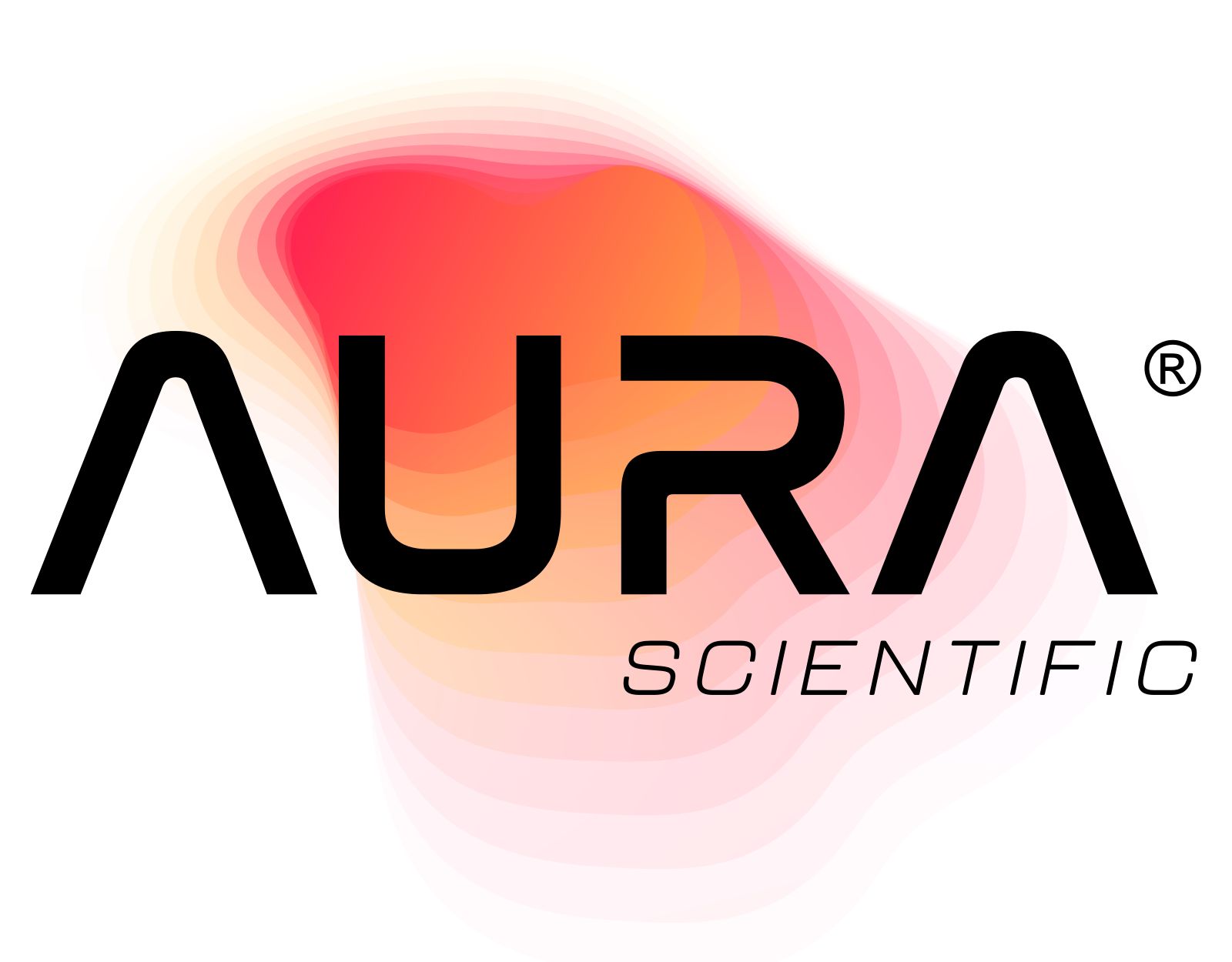
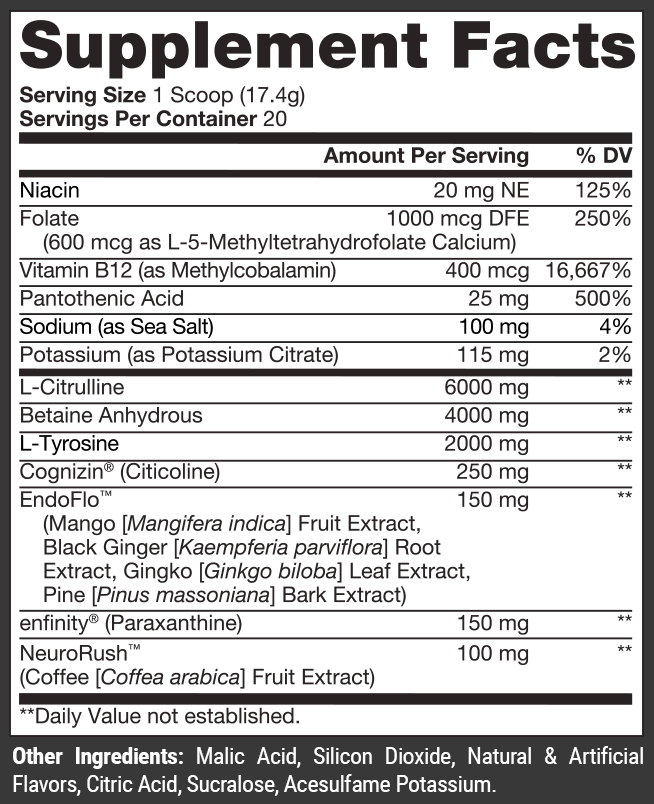
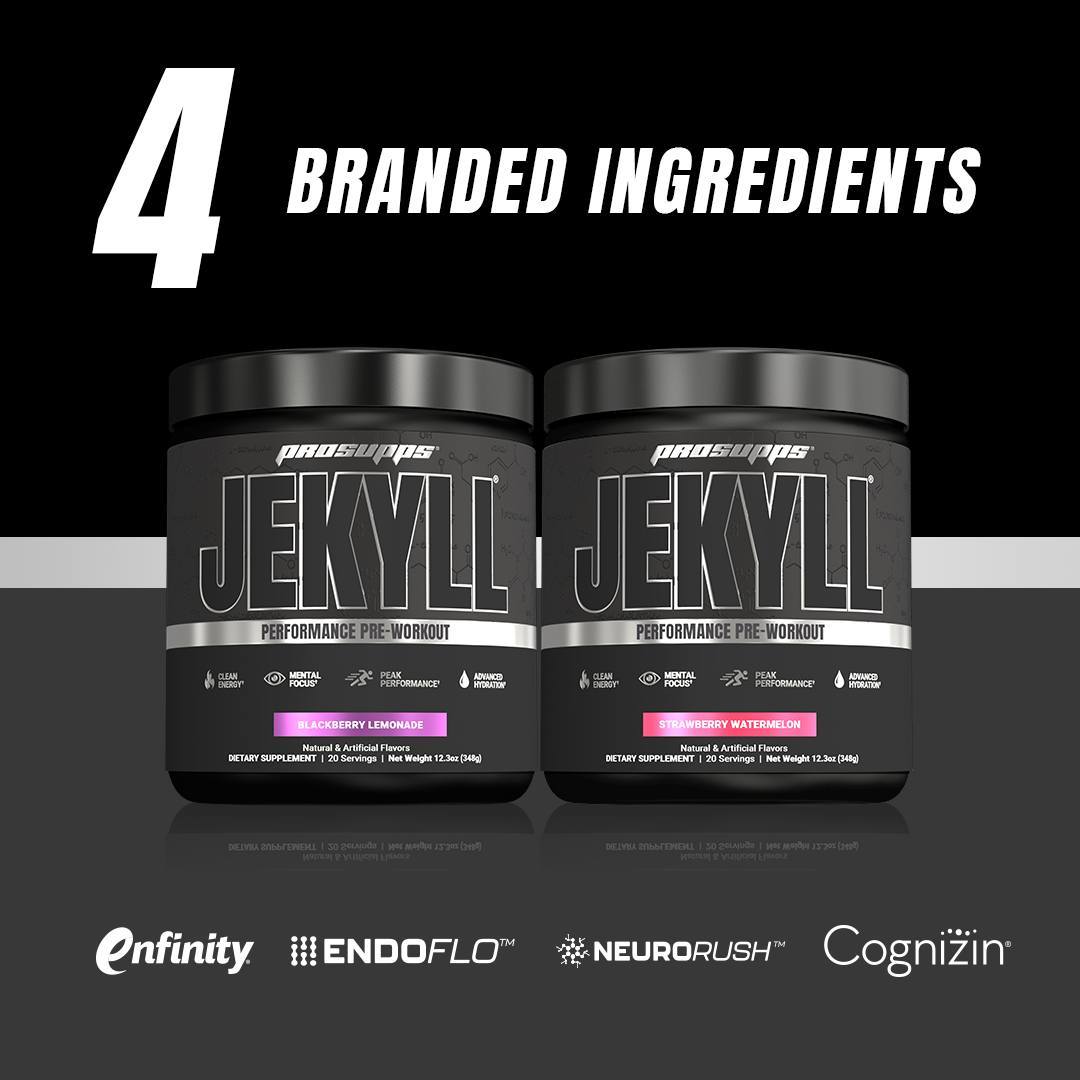
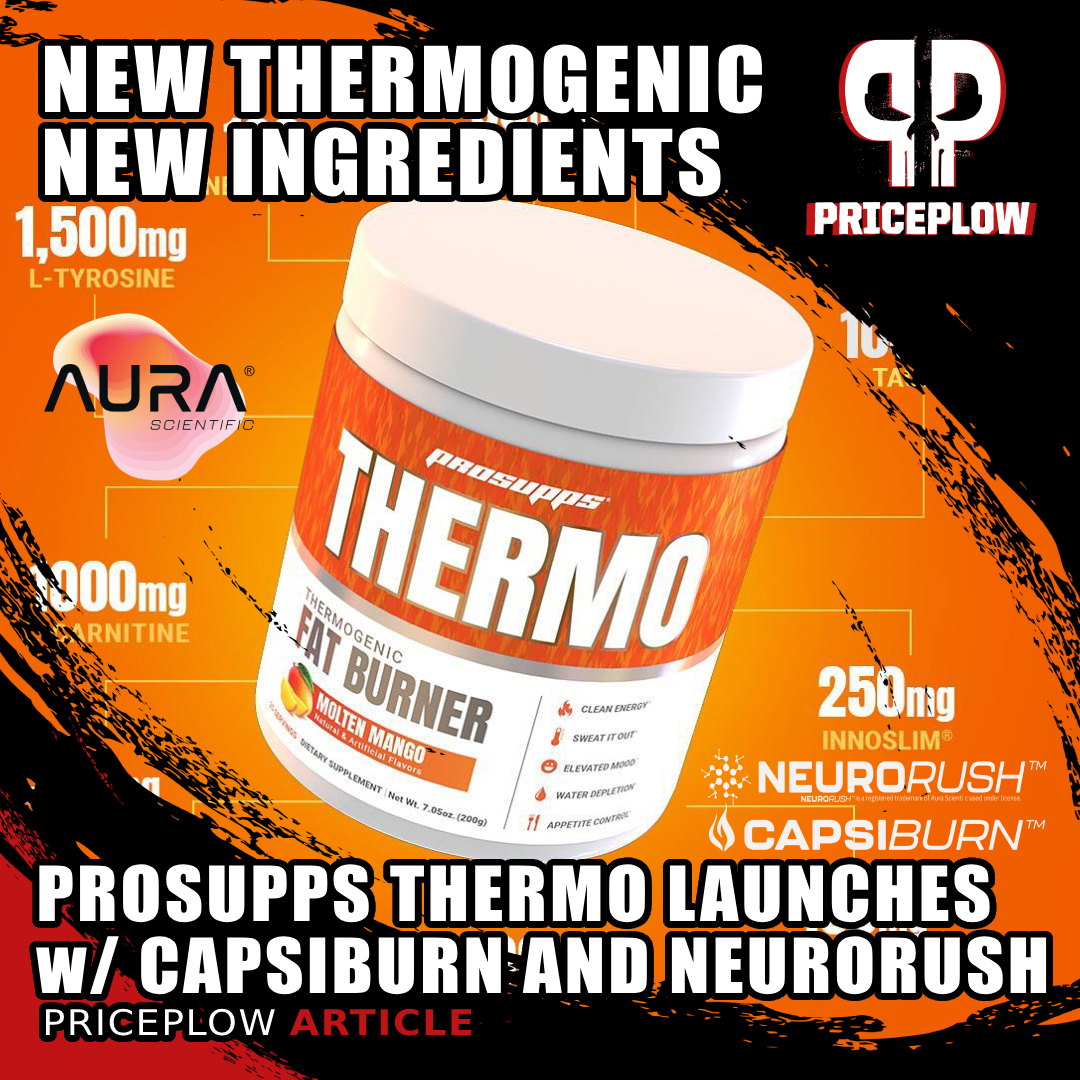
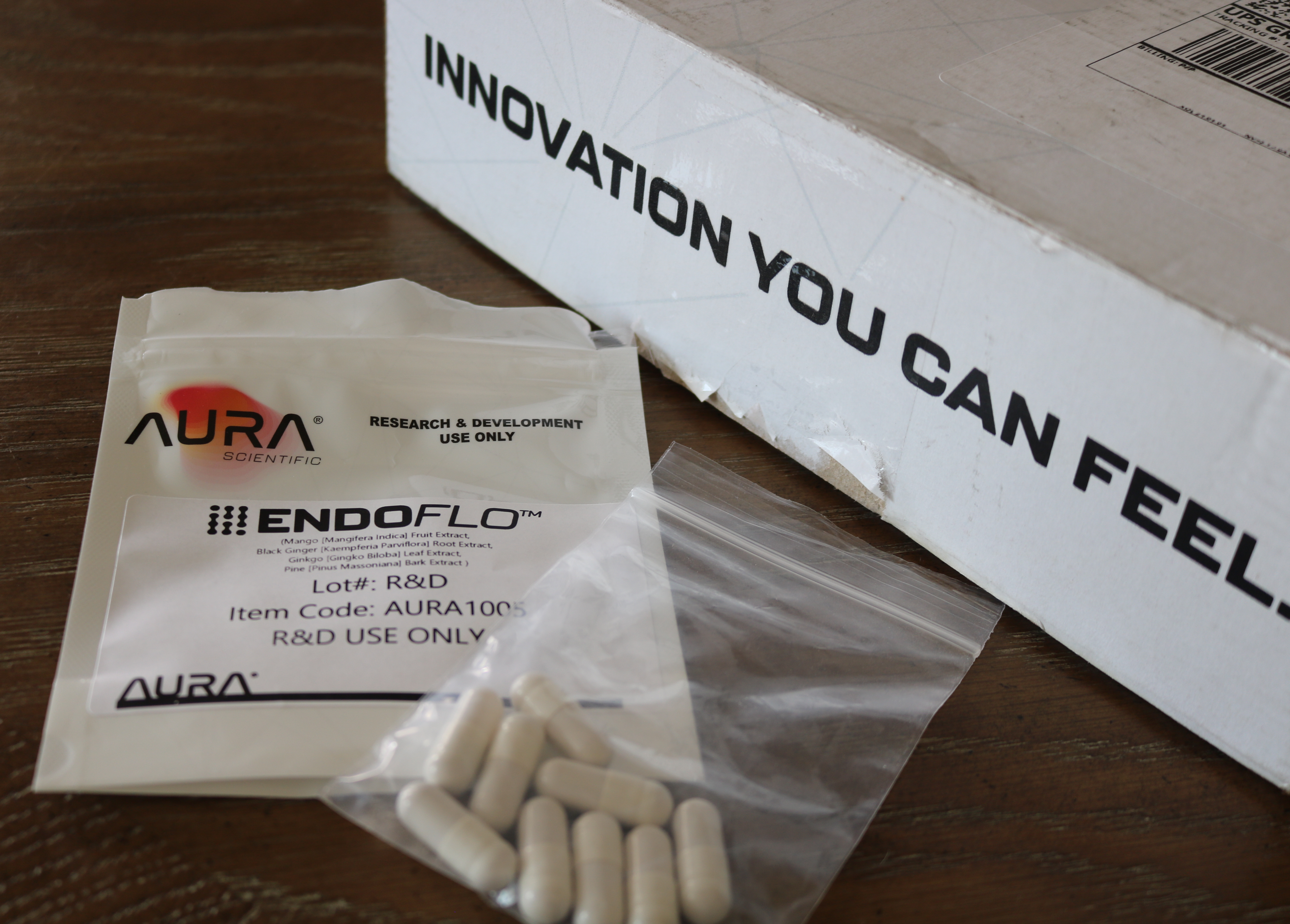
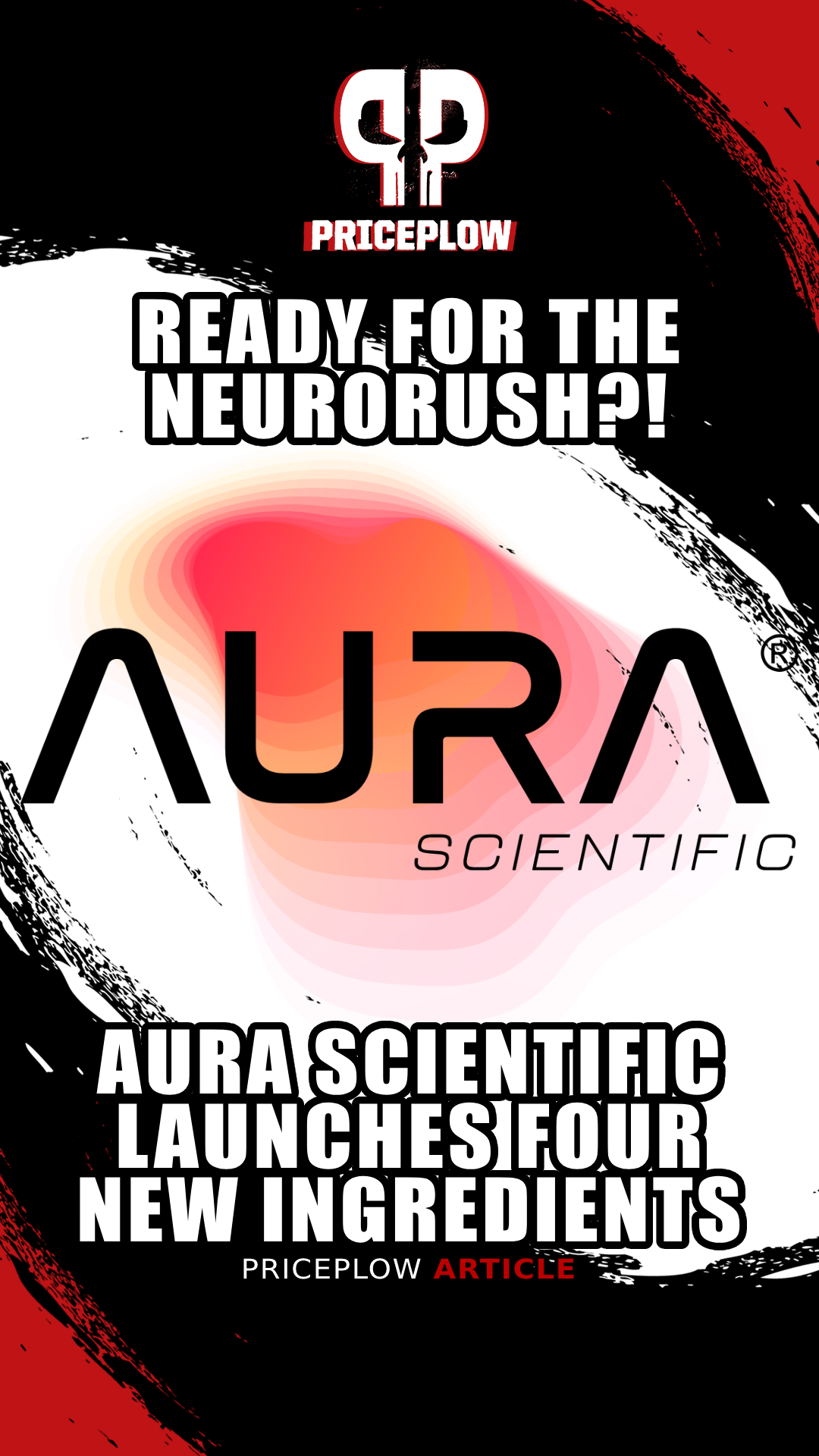
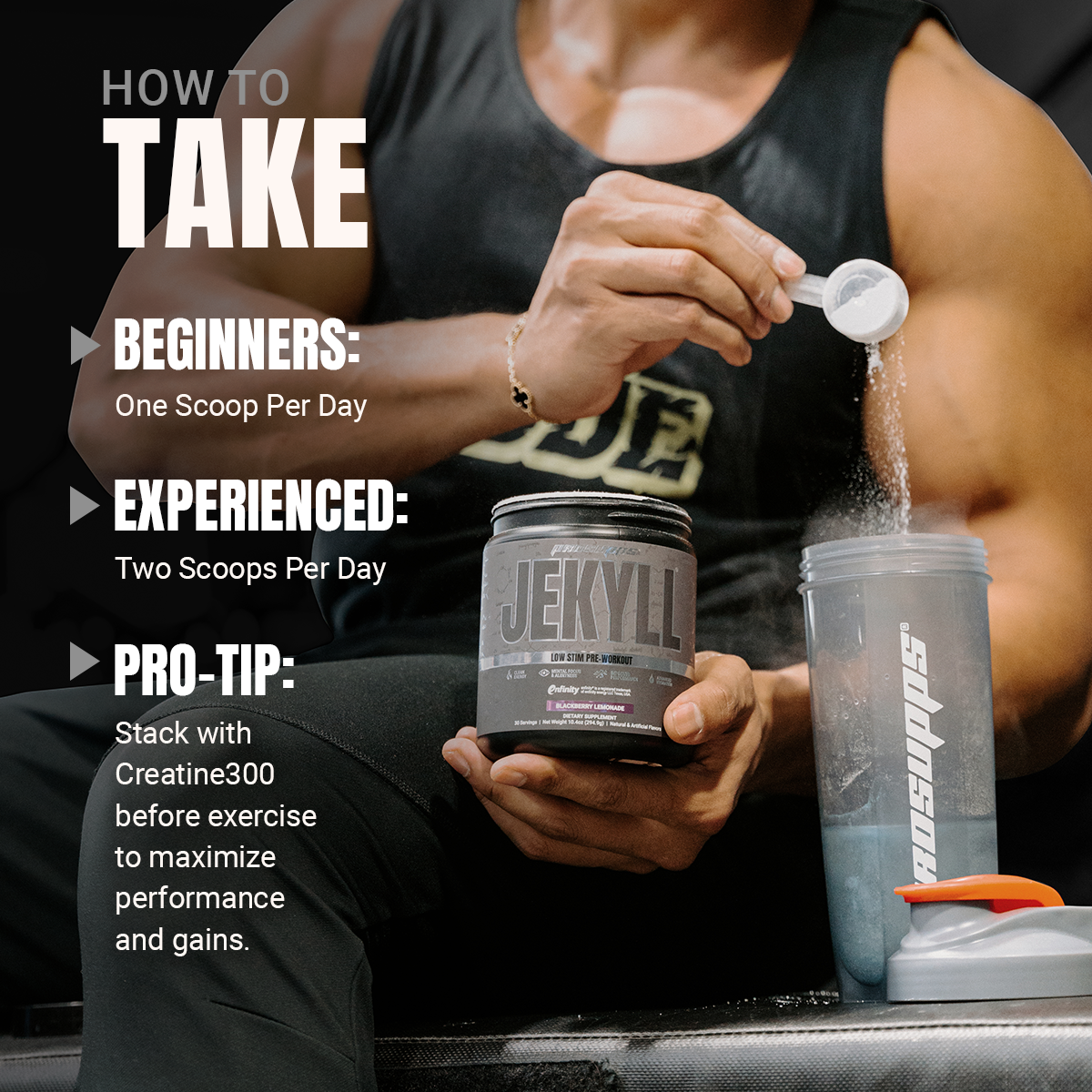
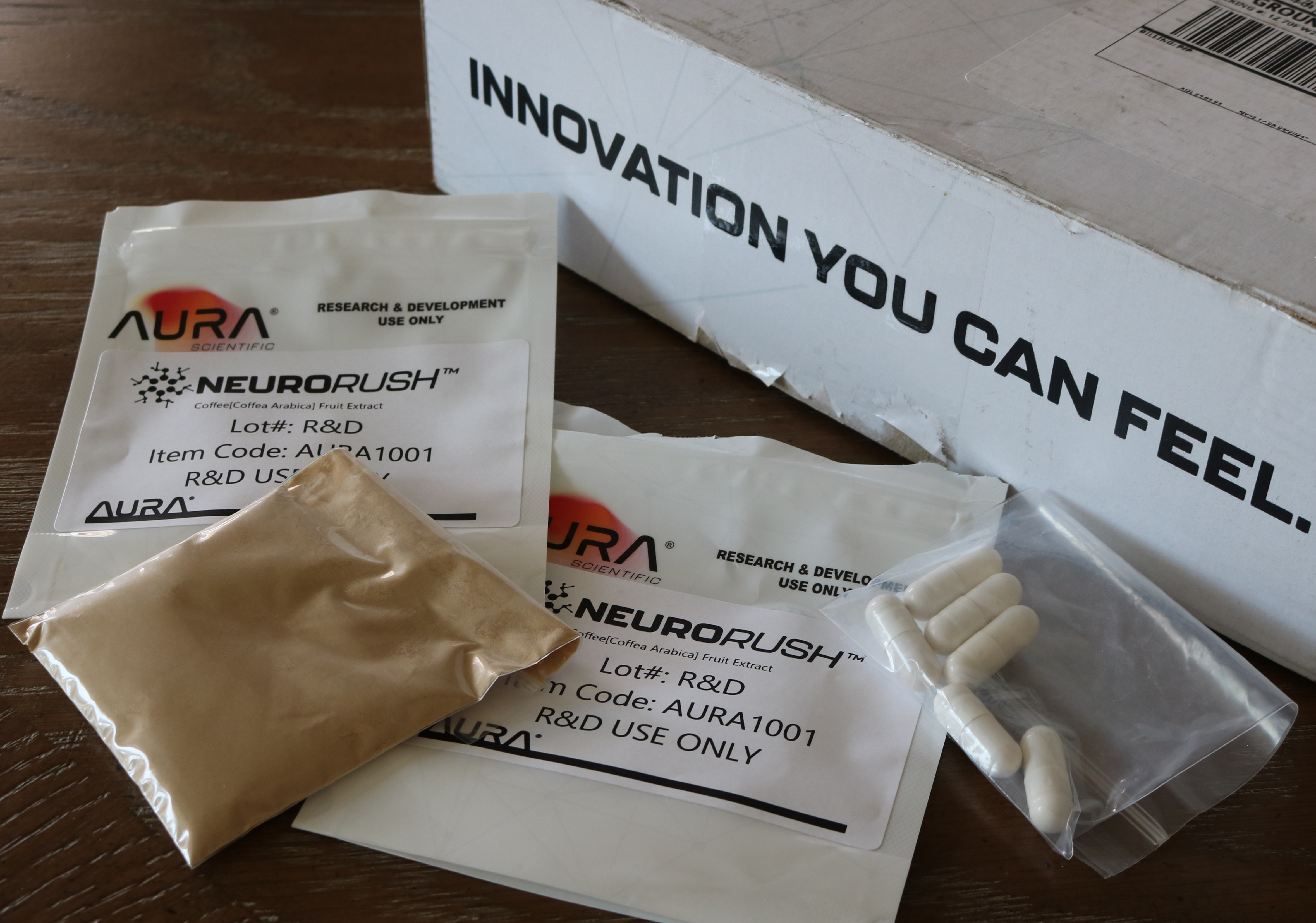
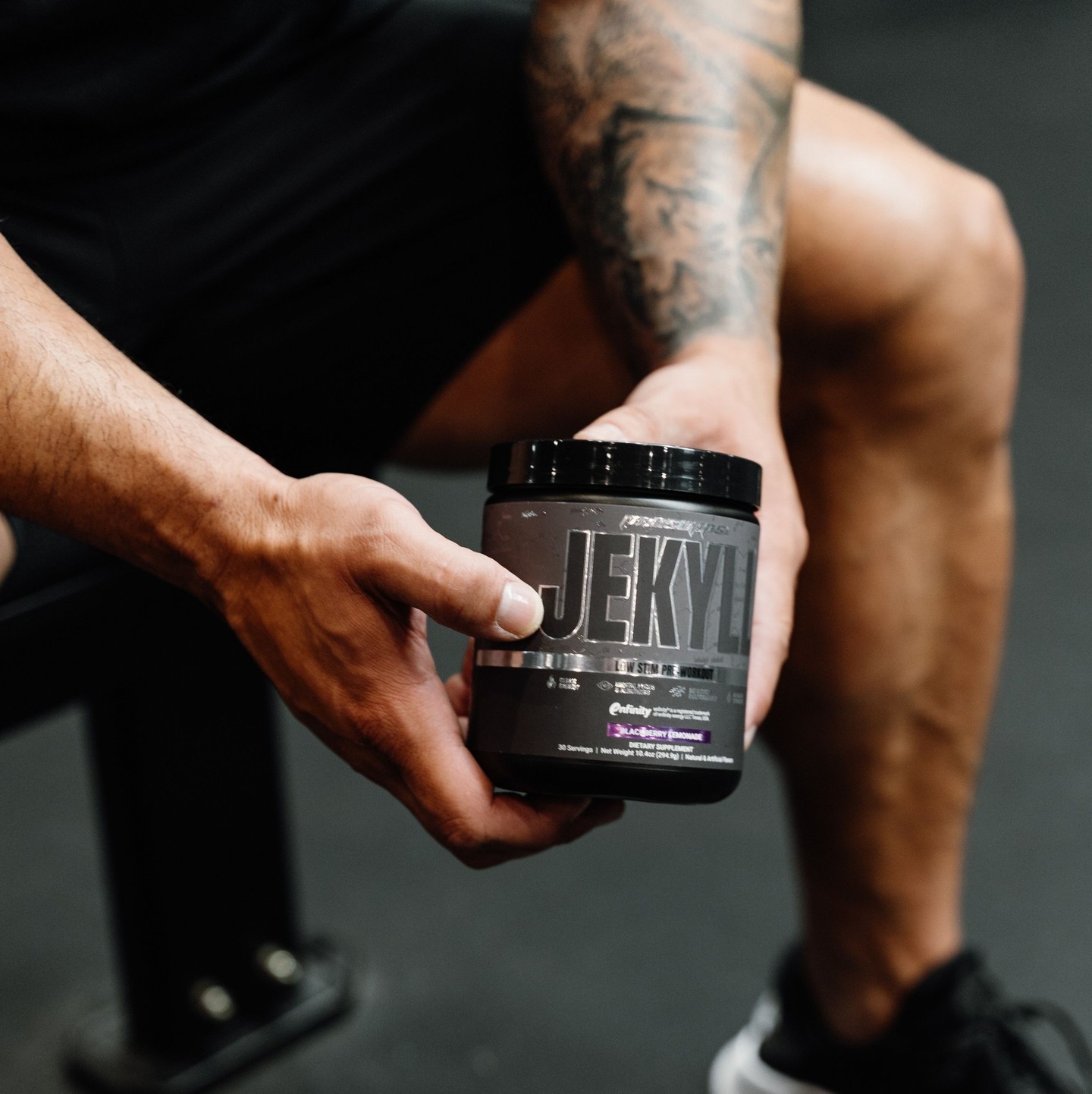
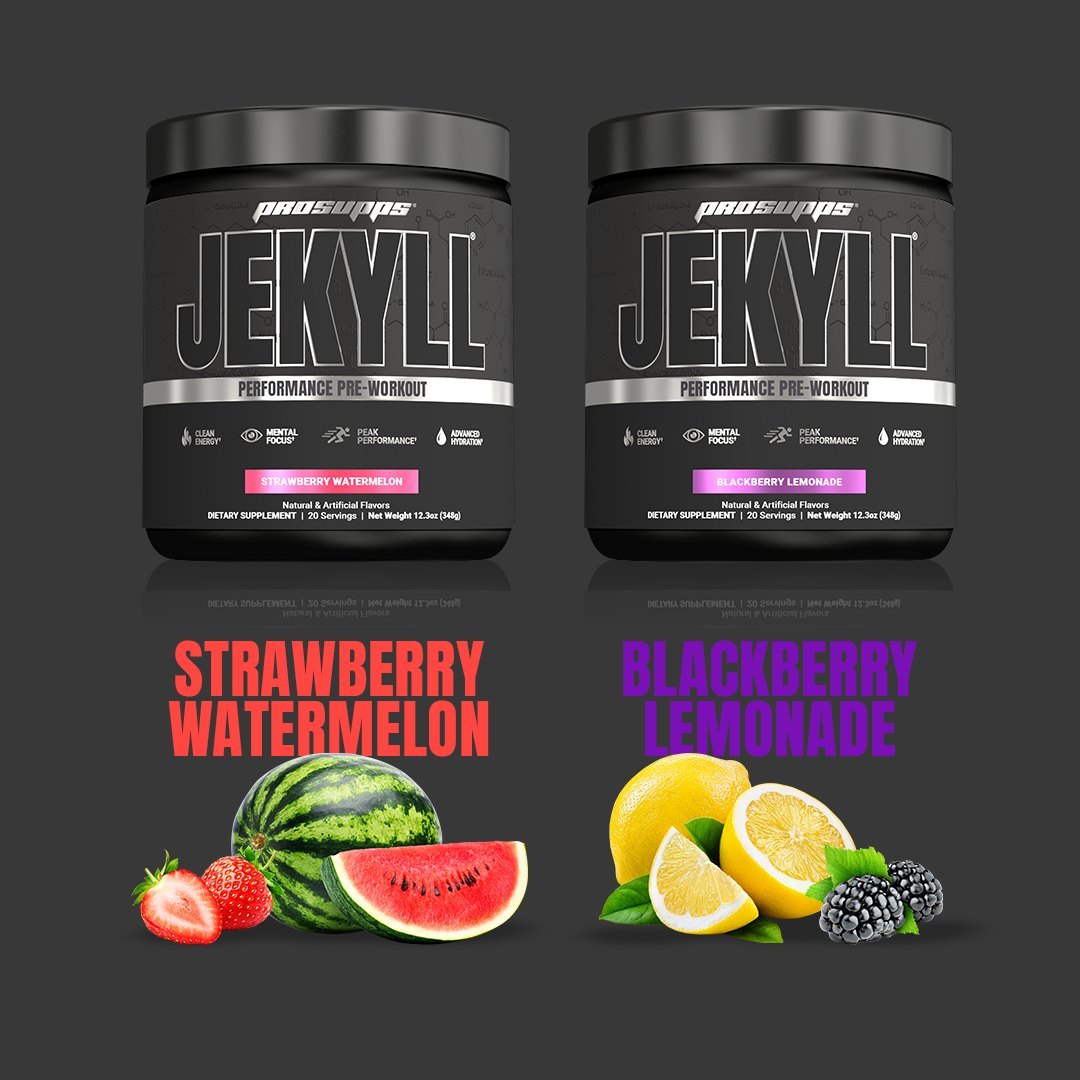


Comments and Discussion (Powered by the PricePlow Forum)